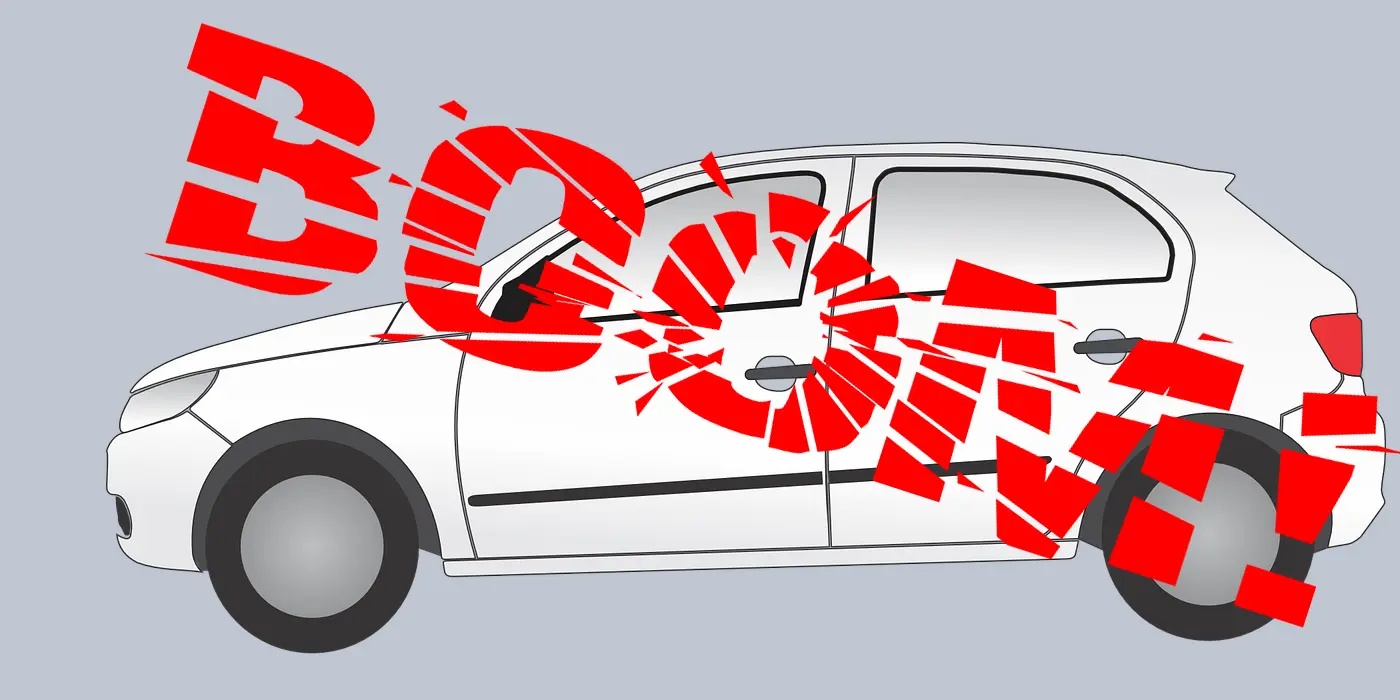Introduction:
India is one of the largest automobile markets in the world. The country has seen tremendous growth in the automotive sector over the past few years, with a significant increase in the number of cars sold annually. We will look at how many autos are sold in India each year, with some factors contributing to this growth.
Overview of the Indian Automotive Industry:
The Indian automobile sector with a compound annual growth rate (CAGR) of 7.7% between 2013 and 2018. It is currently the fifth-largest internationally and will be the third-largest by 2025. The Indian automotive market had a USD 118 billion turnover in 2019-2020, according to the Society of Indian Automobile Manufacturers (SIAM). The sector accounts for around 7.1% of India’s GDP, contributing to the national GDP.
How many cars are sold in India each year?
The number of cars sold in India each year has increased over the past few years. According to SIAM, a total of 2.77 million passenger vehicles were sold in India in 2019-2020, a decline of 17.8% compared to the previous year. However, it is vital to note that this decline was primarily due to the COVID-19 pandemic and the subsequent lockdowns imposed by the government. Since then, the sector has experienced a resurgence and anticipated sales to levels before COVID. However, India sells 2 to 3 Million passenger vehicles on average annually.
Factors Contributing to the Growth of the Indian Automotive Industry:
Several factors have contributed to the growth of the Indian automotive industry.
Rising Disposable Income:
One of the primary reasons for the growth of the Indian automotive industry is the rising disposable income of the middle class. The middle class in India has been expanding quickly over the last few years, which has increased the number of people who can afford to acquire cars.
Easy Availability of Auto Loans:
The ease with which vehicle loans are made available has also helped the Indian automobile industry, the availability of appealing loan programs from banks and other financial institutions.
Government Policies and Initiatives:
The Indian government has been taking several initiatives to promote the growth of the automotive industry. The government has introduced various policies and schemes, such as the National Electric Mobility Mission Plan (NEMMP), which aims to promote the adoption of electric vehicles in the country.
Entry of International Players:
Several international automotive companies have entered the Indian market in recent years. Due to the growing industry competitiveness, automotive quality has improved consumer prices have become more appealing.
Improving Infrastructure:
The Indian government has been investing heavily in improving the country’s infrastructure, including highways and expressways. Long-distance travel has been simple as a result, which has increased the demand for automobiles.
Challenges Faced by the Indian Automotive Industry:
While the Indian automotive industry has seen significant growth over the past few years. Some of the challenges faced by the industry are:
Rising Fuel Prices:
Rising fuel prices have been a concern for the Indian automotive industry. High fuel prices make it more expensive for people to own and operate cars, which can reduce the demand for autos.
Increasing Competition:
While the entry of international players has increased competition in the industry, it has also made it more difficult for domestic companies to compete. Domestic companies compete with established global players, which can be challenging.
Lack of Infrastructure:
While the Indian government has been investing in improving the country’s infrastructure, there is still infrastructure in many parts. It can make it difficult for people to own and operate cars, especially in rural areas where roads may not be well-maintained. The lack of charging infrastructure for electric vehicles is also a concern.
Conclusion:
In conclusion, the sale of automobiles in India has increased significantly in recent years, with a rise in the number of vehicles sold annually. Factors including increased disposable income, the ease of obtaining auto loans, government efforts, the introduction of foreign competitors, and improved infrastructure have all contributed to the growth of the business. The sector faces difficulties, including growing fuel costs, escalating competition, and inadequate infrastructure.
How many cars are sold in India each year?- FAQ
Which auto market is the biggest globally?
China is the biggest globally, with over 28 million vehicles sold in 2020. It makes China the largest auto market in the world, surpassing the United States. Chinese auto sales have increased factors like urbanization and rising disposable income.
Which country sells the most BMWs?
The largest market for BMWs is the United States. BMW’s global sales figures for 2020 indicate that the United States was the company’s largest market, with 278,732 BMW vehicles sold.
Which country purchases the most German vehicles?
China purchases the most German vehicles, including brands such as BMW, Audi, and Mercedes-Benz. According to data from Germany Trade & Invest, China accounted for 33.5% of Germany’s auto exports in 2020, with a total value of €25.8 billion. The country’s expanding middle class and rising desire for luxury autos German cars’ success in China.
